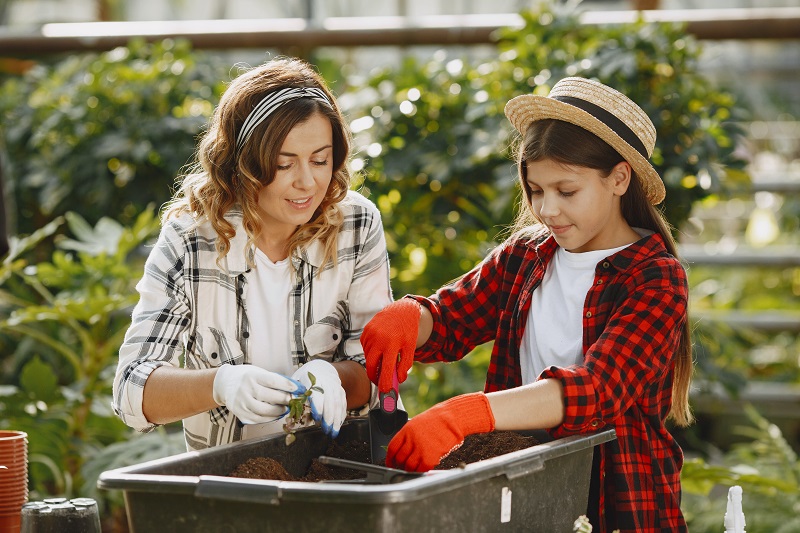Maintaining a garden is an art that requires patience, dedication, and knowledge. Your garden can be a sanctuary, a burst of colors and fragrances, but it needs proper care to thrive. In this comprehensive guide, we will explore each step in detail, ensuring your garden remains a source of pride and joy throughout the seasons.
Best Ways to Maintain Your Garden
1. Understanding Your Garden
Begin by understanding your garden’s unique ecosystem. Identify the types of plants you have and research their specific needs regarding sunlight, water, and soil. Understanding your garden’s requirements is fundamental to its maintenance.
2. Soil Preparation
Fertile soil forms the foundation of a thriving garden. Begin by conducting a soil test to assess its pH and nutrient composition. Based on the results, enrich the soil with compost, well-rotted manure, or organic matter. Regularly aerate the soil to prevent compaction and ensure proper drainage.
3. Watering
Watering is a critical aspect of garden maintenance. Different plants have different water requirements. Invest in a quality soaker hose or drip irrigation system to deliver water directly to the roots. Be mindful of overwatering; it can lead to root rot. Providing deep but less frequent watering proves to be more advantageous for plants in most cases.
4. Pruning and Trimming
Pruning and trimming are like a haircut for your plants. Regularly remove dead or diseased branches and spent flowers. Prune excessively grown stems to preserve the garden’s intended form and structure. Pruning not only enhances the aesthetic appeal but also encourages healthy new growth.
5. Pest Control
Pests can wreak havoc in a garden. Stay vigilant; inspect your plants regularly for signs of infestation. Introduce natural predators like ladybugs and mantises to control harmful insects. Neem oil and insecticidal soap are effective organic solutions. Diatomaceous earth can deter crawling insects.
6. Fertilizing
Plants require essential nutrients to grow and bloom. Use organic fertilizers like compost, fish emulsion, or bone meal. Apply fertilizers at the beginning of the growing season and follow package instructions. Different plants may have specific nutrient needs, so tailor your approach accordingly.
7. Mulching
Mulching offers numerous benefits. It conserves moisture, suppresses weeds, and regulates soil temperature. Organic mulches like straw, wood chips, or leaves also enrich the soil as they decompose. Apply a layer of mulch around plants, ensuring it doesn’t touch the stems.
8. Seasonal Maintenance
Each season demands specific tasks. In spring, focus on planting, dividing perennials, and rejuvenating the soil. Summer requires consistent watering, monitoring for pests, and providing shade for delicate plants. Fall is ideal for pruning, cleaning, and preparing plants for winter. Winter involves protecting vulnerable plants from frost and ensuring adequate drainage to prevent waterlogged soil.
9. Lawn Care
If your garden includes a lawn, regular maintenance is crucial. Mow the lawn at the appropriate height for the grass species you have. Aerate the soil to allow nutrients and water to reach the roots. Overseed sparse areas and control weeds promptly to maintain a lush, green carpet.
10. Tools and Equipment
Invest in high-quality gardening tools, including pruners, trowels, and spades. Keep them clean and sharp to make gardening tasks more efficient. Regularly oil moving parts and store tools in a dry, sheltered place to prolong their lifespan.
Conclusion on How to Maintain My Garden
Maintaining a garden is a continuous learning process. By understanding your garden’s unique needs and following these detailed steps, you can nurture a vibrant and thriving outdoor space. With dedication, care, and a touch of creativity, your garden will become a haven of natural beauty, providing endless enjoyment for you and your loved ones. Remember, a well-maintained garden not only enhances the beauty of your home but also contributes positively to the environment. So, put on your gardening gloves and get ready to create a haven of tranquility right outside your door.





